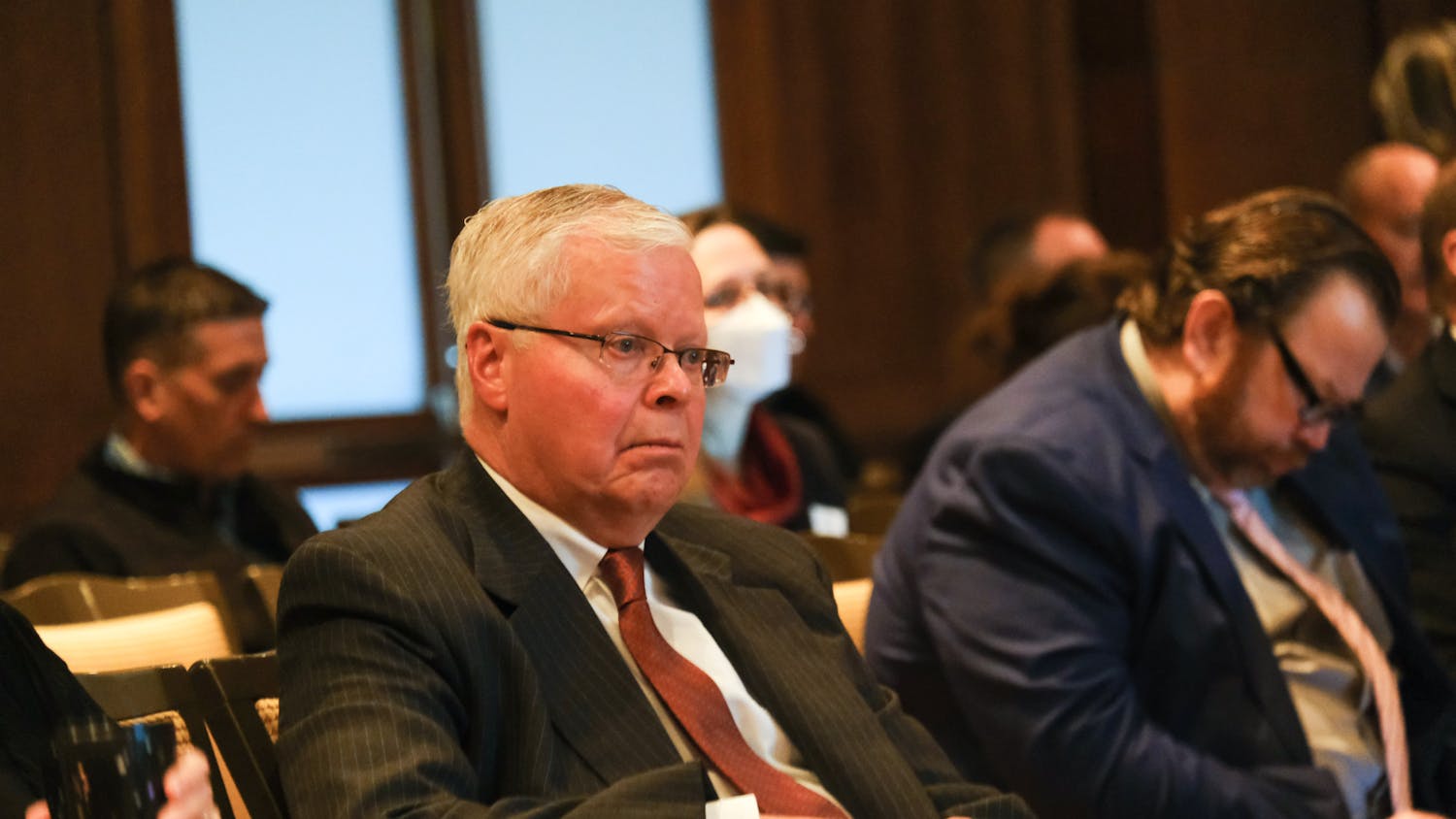Stud No. 319 died more than 20 years ago of wounds from a fight with another banteng at the San Diego Zoo's Wild Animal Park, near Escondido, Calif. Last week, however, the animal, an endangered Asian wild cattle species, became a parent through cloning.
The experiment, a collaboration including Massachusetts-based Advanced Cell Technologies, the San Diego Zoo, Iowa State University and Trans Ova Genetics, was carried out using cells from the San Diego Zoo's Frozen Zoo project, in which live cells of endangered species were frozen as long as 25 years ago. In the experiment, banteng DNA was fused with cow eggs, then carried to term by a surrogate cow.
There are several situations in which cloning techniques could be employed in order to conserve species. According to Stanley Temple of the UW-Madison Department of Wildlife Ecology, these include species that are down to the very last few individuals and for those that have proven difficult to breed and increase in numbers in captivity.
While it is hoped that the birth of these animals will open the way for a new strategy to help maintain endangered species, several hurdles have yet to be overcome. Most important is the decline in genetic diversity that will invariably follow.
\Cloning is a very inefficient means of producing new animals, but in some cases may be very useful-for example, to increase the number of endangered populations,"" said Robin Alta Charo, UW-Madison professor of law and bioethics.
""In the long term, the resulting low level of genetic diversity will handicap the species,"" Temple said. ""Without genetic variation for natural selection to work on, future evolution to keep up with environmental changes will be difficult or impossible.""
The priority of conservationists, however, lies in motivating the endangered species in the wild.
""It is almost always better to rescue the species in situ before it gets so severely endangered that special, last-ditch rescue efforts, such as captive breeding become necessary,"" Temple said. He also added that at this point of time, ""the viability and future reproductive potential of clones remains uncertain.""
Much of the groundwork for research relating to cloning has its origins at UW-Madison and many cloning breakthroughs achieved today have their roots down the hill from Agricultural Hall.
According to Daniel Schaefer, professor and department chair of the department of animal science, previous path-breaking research conducted here by researchers Neal First and John Parrish included the development of instrumental methods for fertilization of bovine embryos under in-vitro conditions, as well as embryo culture techniques which were a necessary prelude to cloning efforts.





